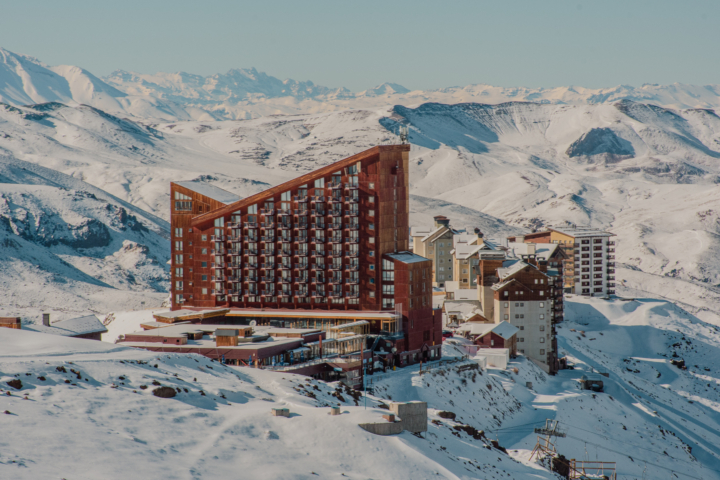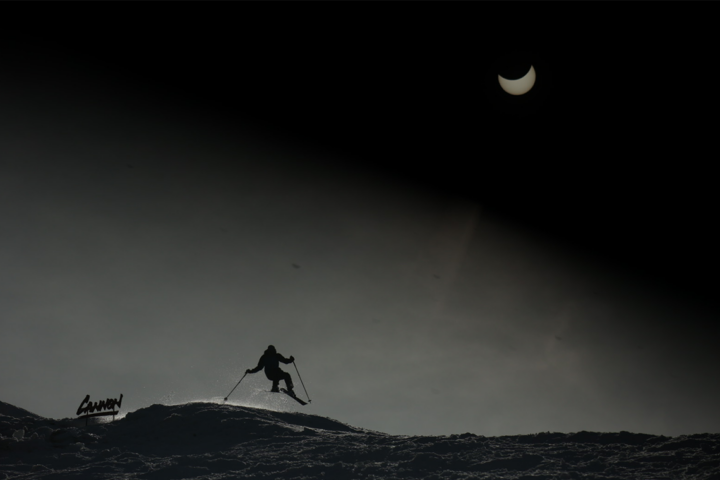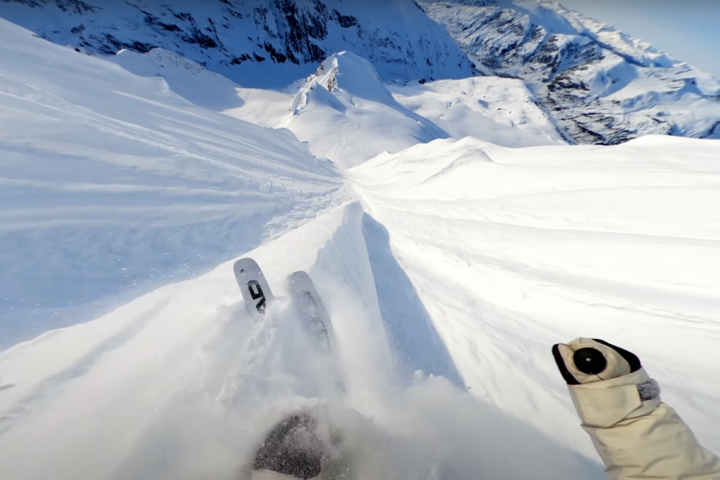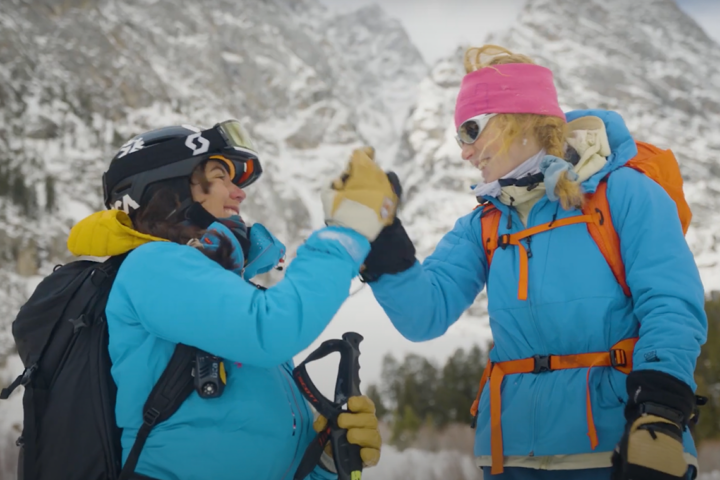Words by Piper Phelps
“This is a freeride event, not a bump contest,” says Bryan Barlow, the event director for the Freeskiing World Tour. Barlow is sitting in his office in Utah, talking about the growing push to hold big-mountain contests in backcountry terrain in order to give athletes and spectators better snow conditions.
For years, big-mountain contests have been held inbounds at ski resorts like Jackson Hole, Snowbird, and Crested Butte. Which meant that without a fresh dump of snow, venues were often tracked out or hardpack before the contest even began. But in recent years, a rising number of event organizers, including the Freeskiing World Tour, the X Games, Red Bull, and others, have opted to host contests in backcountry terrain.

Photo by Ian Fohrman/Red Bull Content Pool
Case in point: In March 2013 at the Winter X Games in Tignes, France, medals will be awarded for a new backcountry ski film contest called Real Ski Backcountry. Athletes will put together a backcountry film segment throughout the early winter and the winner will be announced in France.
The FWT has held events outside the boundary lines of resorts like Revelstoke and Telluride for several years now, and in August 2011, they held their first truly backcountry contest at a cat-skiing operation in Chile. The new six-stop Freeride World Tour (FWT) includes a final day on Mount MacKenzie, in Revelstoke’s sidecountry. The Kirkwood stop features a competition in the Cirque, a permanently-closed area. And all of the European stops, including Chamonix and Verbier, feature sidecountry venues.
Red Bull’s Cold Rush contest, which has taken place since 2007, has been held at BC’s Red Mountain ski area, then in the backcountry at BC’s Retallack cat-skiing lodge, and since 2011, at Silverton Mountain. [Editor’s note: Cold Rush will not return for 2013. However, Red Bull will host its popular Linecatcher and Playstreets events on January 12 – 19 and February 23, respectively.]
This trend to move outside the gates may create more powdery contest conditions, but it also spikes the risk level and the cost of putting the event on safely. “From an overall event look and feel, backcountry terrain provides a better experience,” says Barlow. “But it takes a lot more resources to put an event on in the backcountry. There’s definitely a bigger element of risk—you need weather to cooperate, you need to run helicopters to the top, it’s a lot more complicated running avalanche routes, and it all takes more time and money.”
As for the increased avalanche danger of having a contest in uncontrolled backcountry terrain? “The most complicated part of running these backcountry events comes down to snow safety and patrol,” says Barlow.
Adds former FWT champion Angel Collinson, “Of course one of the inherent risks of having a comp in the backcountry is avalanche danger. You are running a bunch of people on a slope that hasn’t had control work or skier compaction on it all year. That said, the event organizers do control work before the event and take all the necessary measures that it’s safe.” Even with the risks, Collinson says she’d prefer to have contests in the backcountry. “There are a lot of advantages to having it in the backcountry—the conditions are usually better and it has more features and more room for line creativity than inbounds comps,” she says. “But I like competing in both types of events. Inbounds contests can be more relaxed because athletes are more familiar with the terrain.”
Freeride contests will continue to take place within resort boundaries, but in the future, expect to see more contests taking place in uncharted locations.
“I see contests working in both arenas— ski areas and the backcountry—because there are a lot of advantages to working in an organized ski resort,” says Barlow. “But there’s a lot of sidecountry terrain at ski resorts that we can start looking at to get the best of both worlds.”









